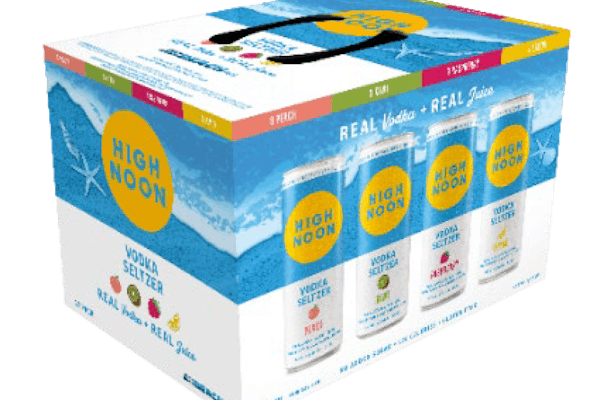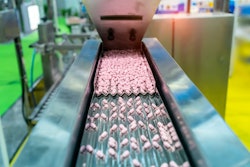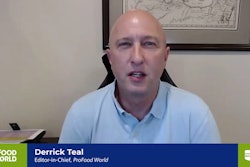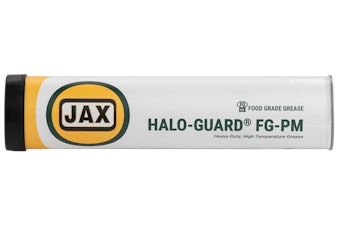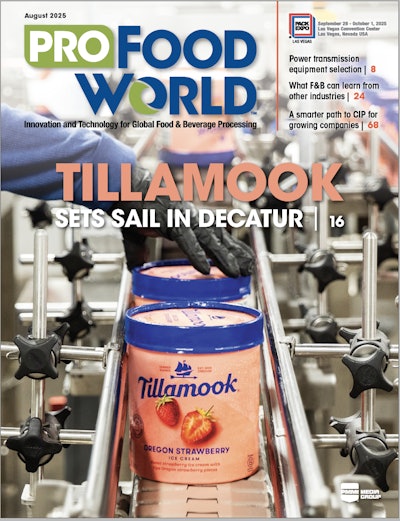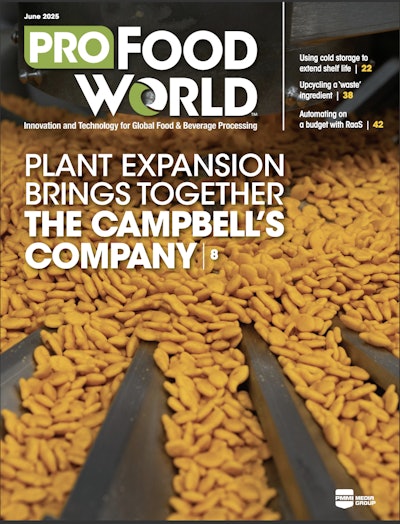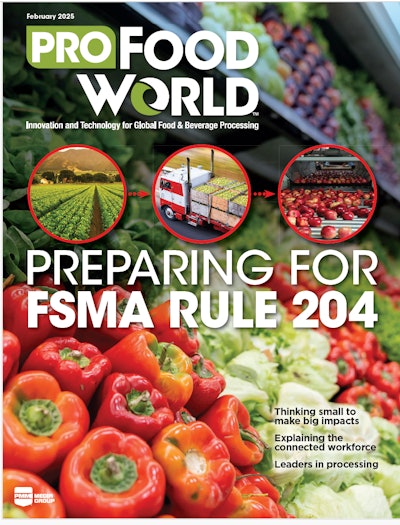What’s more, it shows FDA struggling with the limits of its own regulatory powers over food-contact materials. The overall scent is of a political compromise in the face of pressure to act, though science doesn’t really justify action against BPA.
Since the 1960s, BPA has been used in hard plastic bottles and in the coatings that line metal food and beverage cans. It’s been the subject of suspected safety concerns, especially since a 2008 announcement by the National Toxicology Program, which evaluates chemical safety. NTP categorizes its concerns in one of five ways—negligible, minimal, some concern, concern, or serious concern. FDA notes that NTP had “some concern” that current levels of exposure to BPA might have effects on the brain, on behavior, and on the prostate gland in fetuses, infants, and children; NTP had “minimal concern” for mammary gland effects or earlier-age puberty in female fetuses, infants, and children; and NTP had “negligible concern” for other BPA issues.
Quite separate from NPT’s concerns, FDA says it has its own questions about BPA safety. So does the National Institutes of Health. But such concerns always should be evaluated in detail in terms of specific levels of exposure, and specific populations of exposed people. Like virtually all substances approved for food contact, safety is dependent on the levels at which people are exposed to the substance, and the battles over BPA are over the safety of specific amounts of exposure. See www.packworld.com/article-2666 for a summary of past chapters in this saga.
So FDA now says it’s not banning the uses of BPA but isn’t done looking them over, either. It is supporting industry efforts to develop alternatives to BPA for can liners, and it supports actions to stop producing baby bottles with BPA. FDA also points consumers to some advice about minimizing exposure to infants, though it specifically says it is “not recommending that families change the use of infant formula or foods, as the benefit of a stable source of good nutrition outweighs the potential risk from BPA exposure.”
It is also “supporting a shift to a more robust regulatory framework for oversight of BPA,” which is the really interesting part for regulatory lawyers.
FDA explains that the uses of BPA were cleared by FDA years ago, pursuant to Food Additive Petitions. Those petitions are typically submitted by individual companies, but once approved, they result in a published regulation in the Code of Federal Regulations that any company can rely on as the basis of legal use of that substance. BPA was cleared on the basis of proof of its safety when used as intended. But if FDA decides that newer information shows BPA is not safe, it could revoke those regulations via a laborious process of more rule making, which involves publishing the proposed rule, taking and considering public comments on the proposal, then publishing the final rule. It often takes years. Because innumerable companies can and do rely on the regulations, FDA is not aware of all the packages it’s used in or all the formulations of which it is a part.
By contrast, the process of clearing food-contact substances via Food Contact Notifications, which started only recently in 2000, results in an exclusive license to the applicant company to use the substance in contact with food. It also involves disclosure to FDA of the exact conditions and levels of the substance’s use. If, afterwards, safety concerns arise about the substance, FDA knows who is using it and how, and the agency can work with the companies to try to minimize exposure. FDA could even require the companies to submit additional safety data. And, if FDA concludes the use is not safe and wants to revoke the food contact notification clearance, it’s quicker and easier. All it need do is tell the manufacture and, assuming the manufacturer is unable to talk FDA out of its decision, publish a notice to the public that it’s doing so.
Calling the FCN process more “robust and appropriate for oversight of BPA than the current one,” FDA says it will “encourage manufacturers to voluntarily submit a food-contact notification for their currently marketed uses of BPA-containing materials.” What this means is hardly clear, though FDA is expected to flesh out its request soon via communications directly with manufacturers of BPA-containing packaging.
Questions worth asking right now include these:
• Can FDA force manufacturers to do this? No.
• Will manufacturers voluntarily make this switch to a legal status for their BPA uses that is easier and quicker for FDA to undo if and when it decides to do so in the future? Who knows, but why would they?
• And finally, what happens if FDA decides to revoke the Food Contact Notifications manufacturers eventually might agree to get, if the clearance regulations are still in place?
This story isn’t nearly over yet.
Eric can be reached at [email protected], and visit his firm’s Web site at www.ericfgreenbergpc.com.



